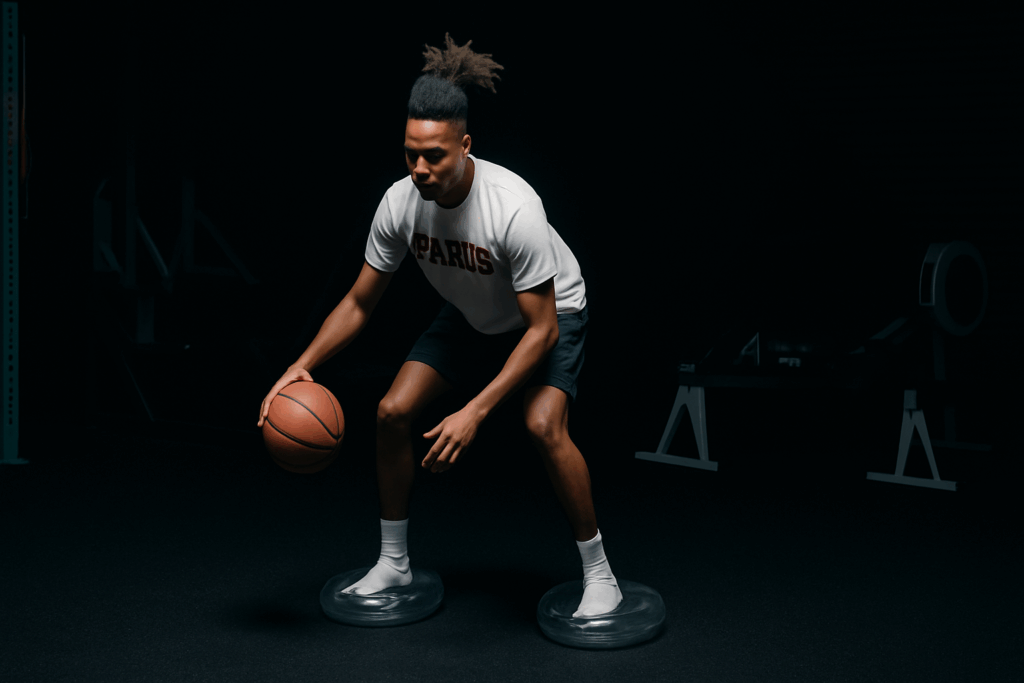Introduction
In the quest for achieving optimal sports performance, athletes and trainers are continuously exploring new techniques. One crucial aspect often overlooked or misunderstood is proprioception training. This article delves into the sophisticated integration of proprioception training in enhancing athletic abilities. While some associate it merely with instability training, a closer look unveils its comprehensive potential in sports.
Understanding Proprioception
Proprioception, sometimes referred to as the body’s sixth sense, is the ability to sense the position and movement of our body parts. This sensory information plays a pivotal role in maintaining balance, coordinating movements, and executing complex motor skills essential for various sports.
Common Misconceptions
There are several misconceptions associated with proprioception training. A prevalent myth is that it solely revolves around instability exercises like balance boards and Swiss balls. However, the true essence of proprioception training is far more encompassing and involves a strategic blend of static and dynamic exercises.
Key Benefits of Proprioception Training
- Improved Balance and Coordination: Athletes can maneuver and shift rapidly with greater efficiency.
- Enhanced Joint Stability: Reduces the likelihood of injuries, particularly in high-impact sports.
- Quicker Reflexes: Boosts reaction time, crucial for competitive sports environments.
- Increased Agility: Enables athletes to change directions swiftly without losing speed.
Integration into Training Systems
Incorporating proprioceptive exercises into existing training regimes can significantly enhance the overall athletic output. Traditional exercises, such as strength and endurance training, complement proprioception-focused routines. Trainers should devise a balanced program that addresses all facets of athletic performance, integrating proprioception as a core element.
Theoretical Underpinning
Scientific studies have consistently shown that proprioceptive training leads to neurological and muscular adaptations that allow for better body awareness and control. This forms the theoretical basis for its inclusion in athletic training programs, supporting its value from both a practical and scientific perspective.
Practical Application
Athletes can engage in drills and exercises specifically tailored to their sport, ensuring that proprioception training directly benefits their performance roles. These exercises might include targeted tasks that improve balance while addressing sport-specific requirements. Coaches and trainers are encouraged to be innovative, designing custom-tailored workouts that maximize these benefits.
Conclusion
When implemented correctly, proprioception training serves as a transformative tool in the arsenal of sports performance enhancement. While misconceptions persist, the true value lies in its integration and appropriate usage within broader training systems. Emphasizing proprioceptive training can open new dimensions of athletic excellence, making it indispensable for modern sports training methodologies.

